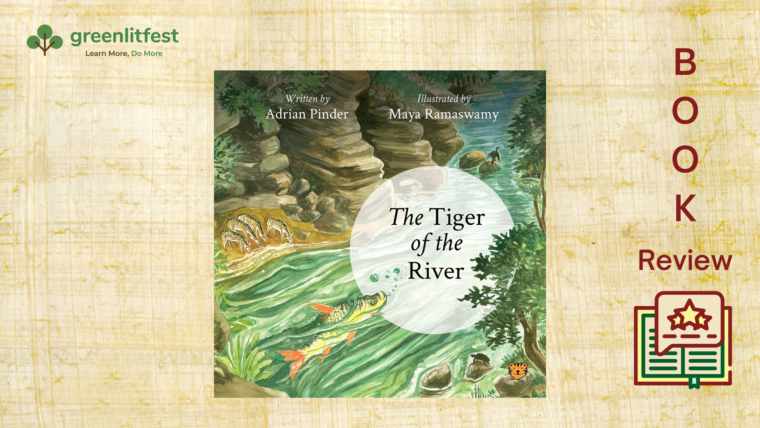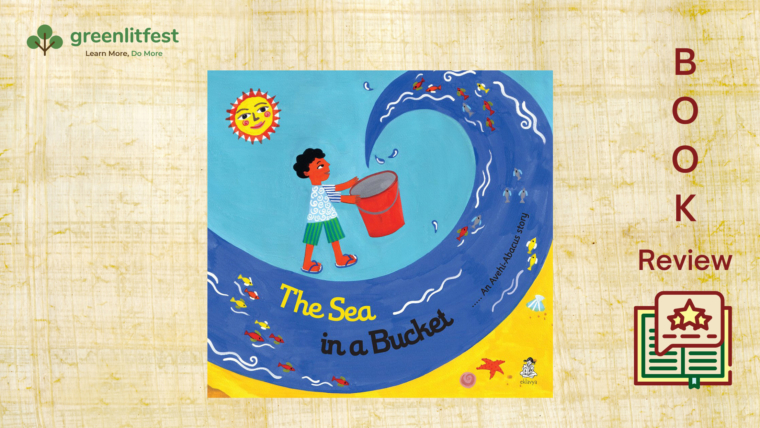Have you ever had a perfectly normal, happy day ruined by something that left you so furious that you felt that the only way you could cope was to walk away from the situation, only to encounter something else that leaves you boiling with anger until you explode, spewing hurtful words that you had never meant to voice or actions you never meant to take. How did you feel after such an explosion? How did you calm down?
In Tanya Majumdar and Rajiv Eipe’s The Monster Who Could Not Climb a Tree little Avi struggles with a dangerous monster living within him that wakes up whenever he is angry. It bangs a steel hammer on his head, taking control of his tongue, making him say hurtful things.
One day when he comes home upset from a playtime disagreement and finds workmen altering his room to make space for Neha, a girl his parents have recently adopted and are always fussing over, Avi’s monster wakes up. He rages, saying all kinds of mean things before running out to the borsali tree near his home.
Settling into the fork of the tree, his breathing quietens. The monster is unable to climb the tree and the world fades away. All Avi notices are creatures of the tree. He watches them eat the tart borsali berries and scamper up and down the trunk. The bird song seems to tell him that everything will be alright. He realises that he doesn’t actually mind Neha, regretting the mean things he said about her. However, when he overhears a stranger talking to his father about building a home on the empty plot of land that houses the borsali tree and how he would need to chop it down, Avi’s monster takes over again…
At a time when research shows just how much of our mental, physical, spiritual health, well-being and attention restoration is associated with nature, many children appear to be missing out on a carefree childhood in nature. As screens and classes take over their lives, this story makes a strong case for the effect of nature on young children. Rajiv Eipe’s illustrations elevate the storyline transporting the reader straight into the borsali tree. His double-page spread of the tree canopy, in hues of green and brown, with a detailed rendition of the leaves, fruit, birds and animals has such a calming effect on the reader that it leaves no doubt about how effective the real deal will be.
In addition to its sub-plot about adoption and the conflicting emotions of being an adoptive sibling, the book also conveys the need for children to open up and reach out for help when something is troubling them and for adults to offer the space and time to listen. In the story, Avi’s mother helps him open up about the monster and find a solution to ensure that the tree is left standing.
Rachel Carson often said that a child’s positive connection to nature depends on two things: special places and special people. In this tender story, Avi finds both and they help him uncover healthy ways of coping with difficult emotions.
This is an important book for our times. However, I found it too lengthy for a picture book. In my experience in school libraries, children who are able to proficiently read this length, tend to gravitate towards chapter books. While it is a wonderful title to open conversations around children’s relationship with nature, it is too lengthy for the average 40-45-minute sessions typically allocated to picture books. Perhaps, a more careful consideration of the format might have been helpful.
Having said that, this is a visually-inviting narrative on the need to encourage and protect children’s right and freedom to connect with nature that resonated deeply with me.
JoAnne Saldanha is a Story Educator and Library Educator, connecting books and oral stories to topics in the curriculum, popular culture, current affairs, social justice issues, environment issues and social emotional learning.



